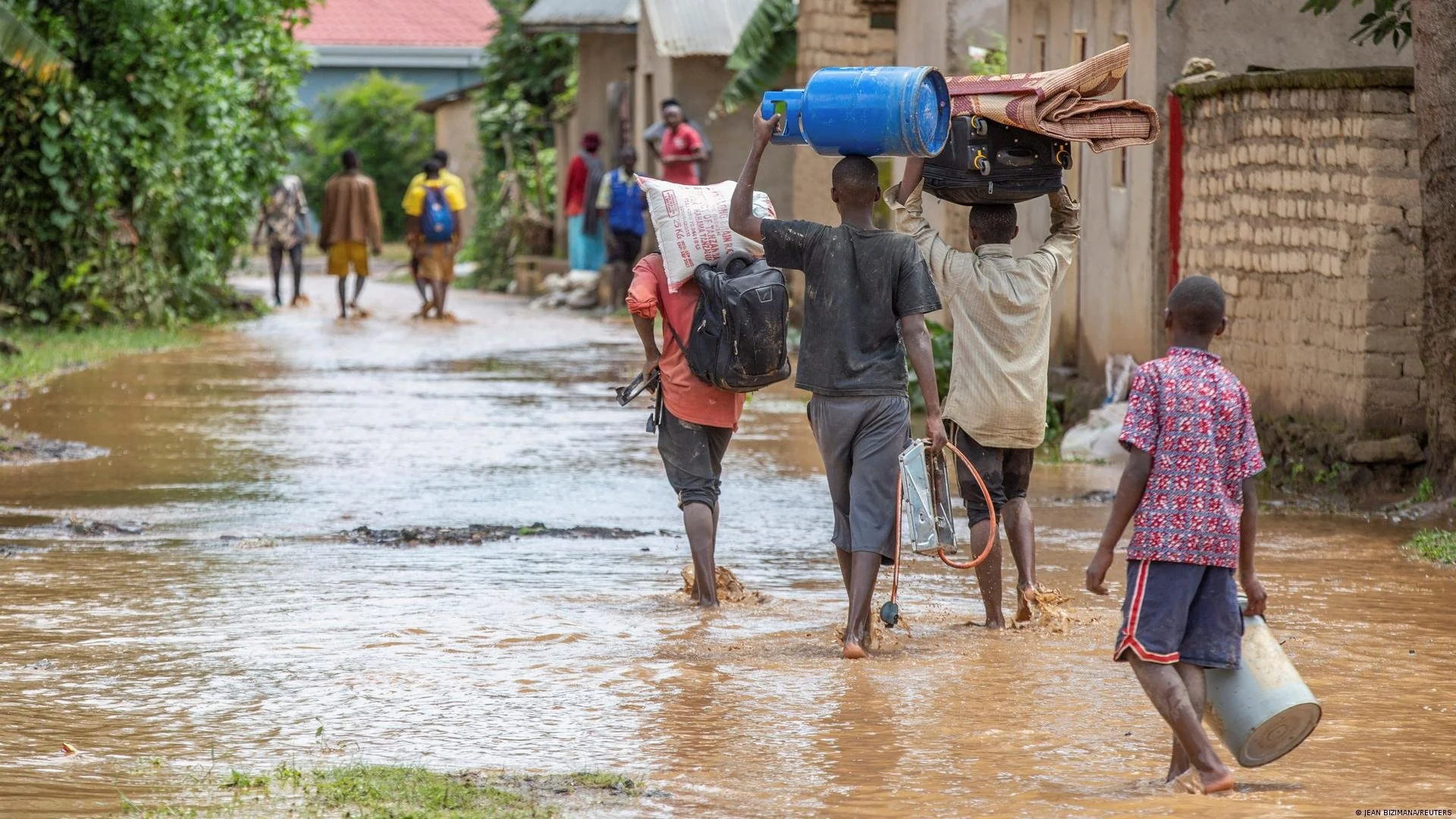Mirroring increased interest in the media and even among the public at large, the link between climate change and forced migration received some high-profile attention during September’s Africa Climate Week and Africa Climate Summit, which ran concurrently in Nairobi in early September.
Perhaps the most notable development of the week was the signing of the Kampala Ministerial Declaration on Migration, Environment and Climate Change (KDMECC-AFRICA). 48 African nations have now agreed to adopt the declaration, which was first put forth in July 2022 and at the time signed by 15 states. The expanded consensus around the declaration represents a major milestone in addressing displacement as a result of climate change in the most climate-vulnerable continent in the world. Parties to the declaration commit to using a “human rights-based approach in the design and implementation of policies relating to the climate change-migration nexus.”







